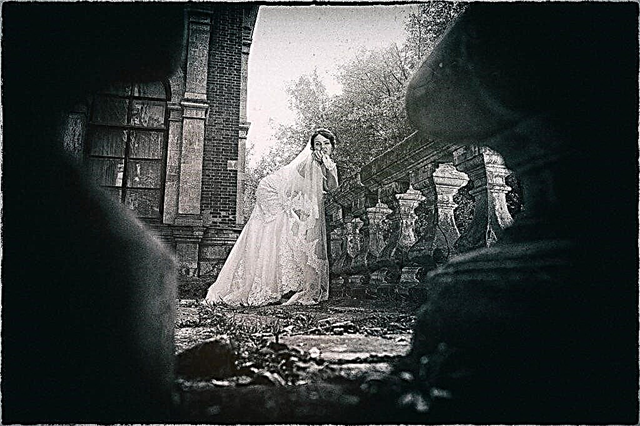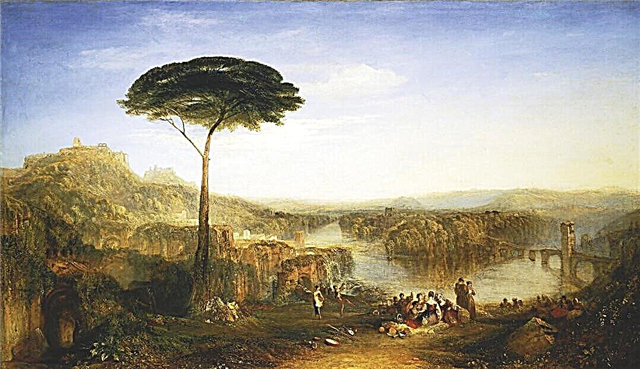A poem in 28 songs, from the Sanskrit original of which only the first thirteen and a half were preserved, and the rest came in Tibetan and Chinese transcriptions.
King Shuddhodana from the Shakya family, who lives in the city of Kapilavastu in the foothills of the Himalayas, gives birth to a son of Siddhartha. His birth is extraordinary: in order not to torment his mother Maya, he appears from her right side, and his body is decorated with happy signs, according to which the sages predict that he will become the savior of the world and the founder of the new law of life and death. Siddhartha’s childhood and youth flow serenely, in undisturbed well-being. In due time, he marries the beautiful Yashodhara, from whom he has a beloved son, Rahulu. But once Siddhartha leaves the palace in a chariot and first meets a decrepit old man, then a patient who is swollen from dropsy and, finally, a dead man who is carried to the cemetery. The spectacle of death and suffering turns around the whole worldview of the prince. The beauty surrounding him seems to him disgrace, power, strength, wealth are represented by decay. He thinks about the meaning of life, and the search for the ultimate truth of existence becomes his only goal. Siddhartha leaves Kapilavasta and sets off on a long journey. He meets with the brahmanas, expounding his faith and teachings to him; spends six years in the forest with ascetics, exhausting themselves with austerities; the king of Magadhi Bimbisar offers him his kingdom so that he can embody the ideal of justice on earth - but neither the traditional philosophies, nor the mortification of the flesh, nor unlimited power seem to him to solve the riddle of the meaninglessness of life. In the vicinity of Gaia, under the Bodhi tree, Siddhartha is deep in thought. The demon tempter Mara unsuccessfully tries to confuse him with carnal temptations, the army of Mara throws stones, spears, darts, arrows at him, but Siddhartha does not even notice them, remaining motionless and unemotional in his contemplation. And here, under the Bodhi tree, enlightenment descends upon him: from a Bodhisattva, a person who is destined to be a Buddha, he becomes one - Buddha, or Awakened, Enlightened.
Buddha goes to Benares and there he gives his first sermon in which he teaches that there is suffering, there is a reason for suffering - life and there is a way to end suffering - giving up desire, getting rid of desires and passions, freeing from worldly bonds - the path of detachment and spiritual equilibrium. Wandering through the cities and villages of India, Buddha repeats this teaching over and over again, attracting many students, uniting thousands of people in his community. The enemy of Buddha Devadatta is trying to destroy him: he throws a huge stone at him from the mountain, but he splits and does not touch his body; sets a wild, angry elephant on him, but he humbly and faithfully falls at the feet of the Buddha. Buddha ascends to heaven and converts even the gods into his faith, and then, having completed his mission, sets the limit of his life - three months. He comes to the city of Kushinagara in the far north of India, pronounces his last instruction there and, forever breaking the endless chain of births and deaths for himself, plunges into nirvana - a state of complete peace, incorporeal contemplative being. Buddha's bones left after the funeral pyre, his disciples are divided into eight parts. Seven are carried away by kings who came from the far reaches of the earth, and the eighth in a golden jug is always kept in Kushinagar in a temple erected in honor of Buddha.


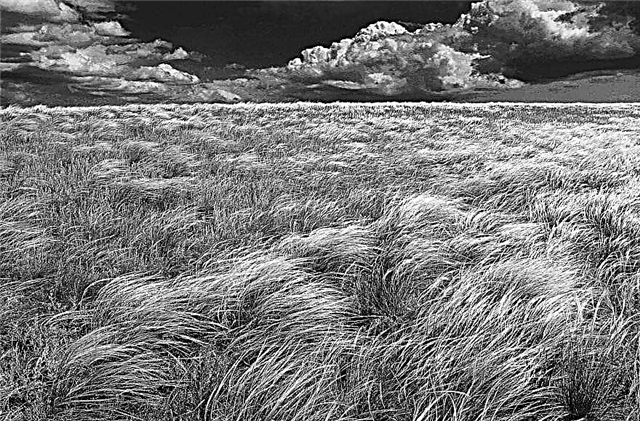
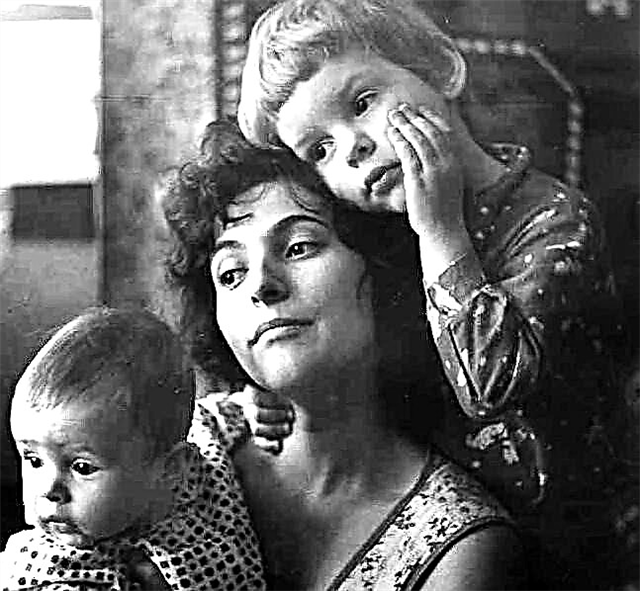
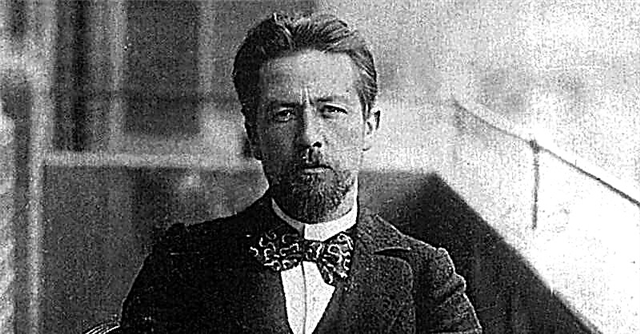
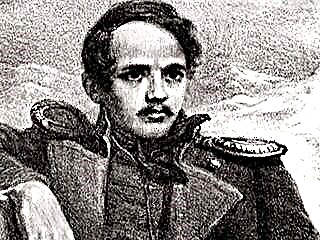

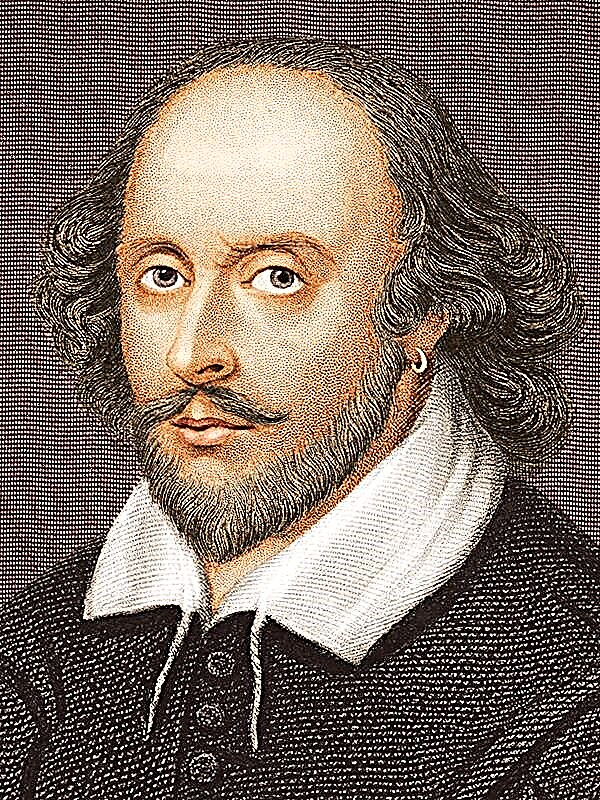 twelfth Night
twelfth Night


